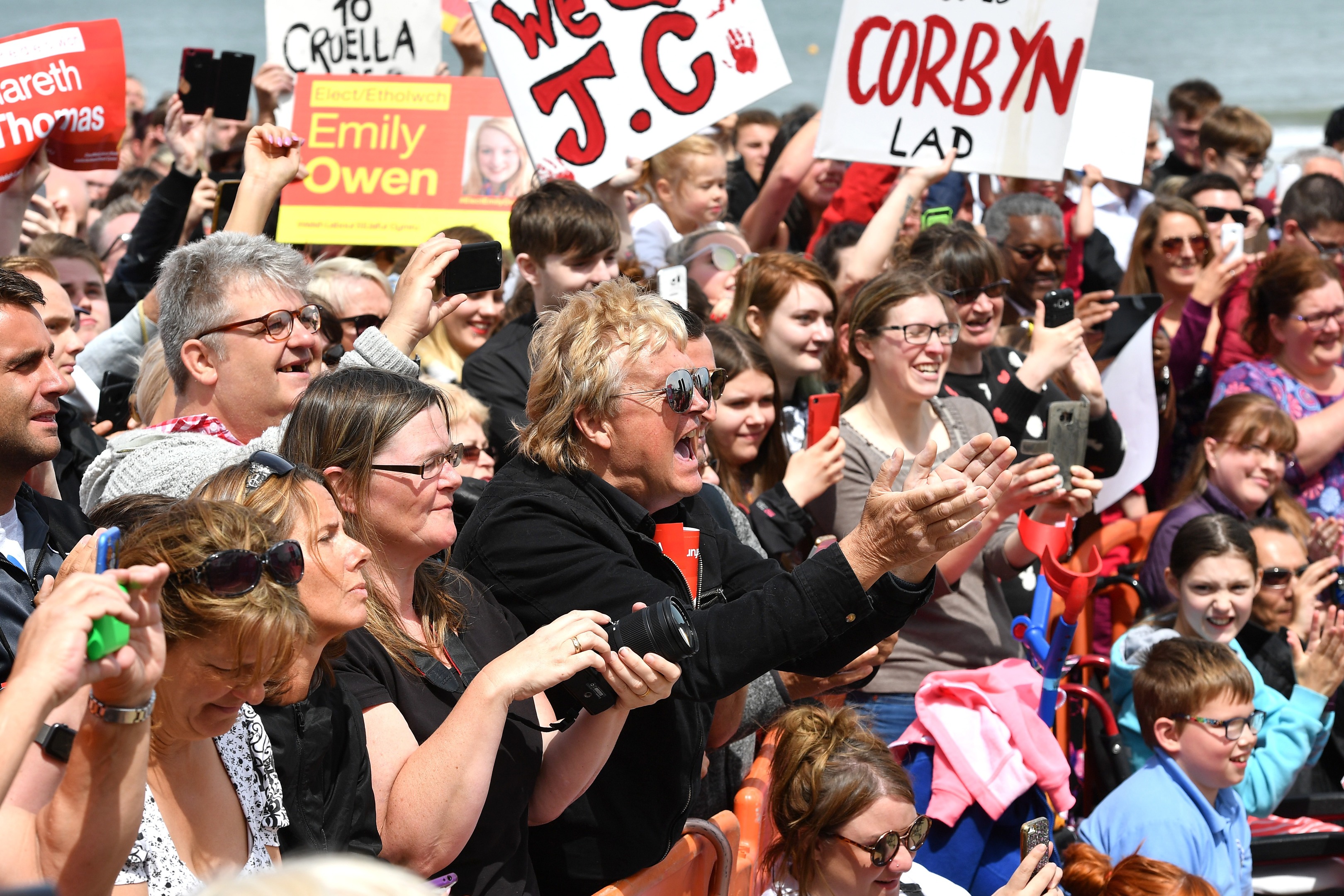
YOUNG people could be a deciding factor at the General Election, although history suggests there are no guarantees about newer voters turning out. Here are the key questions:
How many people are eligible to vote?
A total of 46.9 million people are eligible to vote on polling day, according to Press Association provisional data.
Tens of thousands of people aged 18 to 34 were applying to register to vote each day ahead of last month’s closing date, including 453,146 on the final day.
This does not then equal the number of new registered voters, as some applicants will already have been registered and others ineligible to vote.
Which party would benefit from a strong turnout among younger voters?
Labour leader Jeremy Corbyn has toured the country, attracting crowds of all ages – but with a strong showing from younger people.
His background as someone not associated with high office and support from a range of celebrities have complemented Labour’s manifesto, which includes abolishing tuition fees.
The Green Party and Liberal Democrats would also hope to benefit given their pro-EU approaches although the latter may still suffer as a result of its part in the coalition government.
What do the opinion polls show?
A YouGov poll conducted between June 1 and 2 suggested support among 18 to 24-year-olds was at 71% for Labour compared to 15% for the Tories.
But Theresa May’s party is strongly favoured by voters aged 65 and over, who are considered more likely to vote, by 62% to Labour’s 19%.
What level of increased turnout among younger voters is required for it to have an impact?
A Press Association projection, using a combination of opinion polls and demographic data from the Office for National Statistics and Electoral Commission, released on June 2 suggested a hung parliament would require a 78% turnout across all ages.
This projection would see the Conservatives secure 319 seats and therefore be seven short of a majority, with Labour on 243.
But while this showed the possibility of what could happen, estimated turnout among 18 to 24 year-olds was 43% in 2015 compared with 78% for people aged 65 and over.
If the turnout remained unchanged from 2015 across all ages, then the Tories were projected to gain a small number of seats and secure a majority.
What was the overall turnout at previous elections?
Turnout was 66.2% across the UK in 2015, an increase from the 65.1% in 2010 and also the highest since the 71.4% of 1997, suggesting it rises when people feel the result is uncertain and their vote is more likely to make a difference.
What times are polling stations open?
From 7am until 10pm, with those in the queue by 10pm still able to vote. People with postal votes can also hand deliver it to their local polling station on June 8.
Will the weather have an impact on turnout?
With rain forecast for different parts of the UK throughout polling day, then there is a chance some people might be delayed or even deterred.
But if people are keen to have their say then the British weather should not be expected to stand in their way, particularly as rain in June is not exactly a new thing for the country.

Enjoy the convenience of having The Sunday Post delivered as a digital ePaper straight to your smartphone, tablet or computer.
Subscribe for only £5.49 a month and enjoy all the benefits of the printed paper as a digital replica.
Subscribe